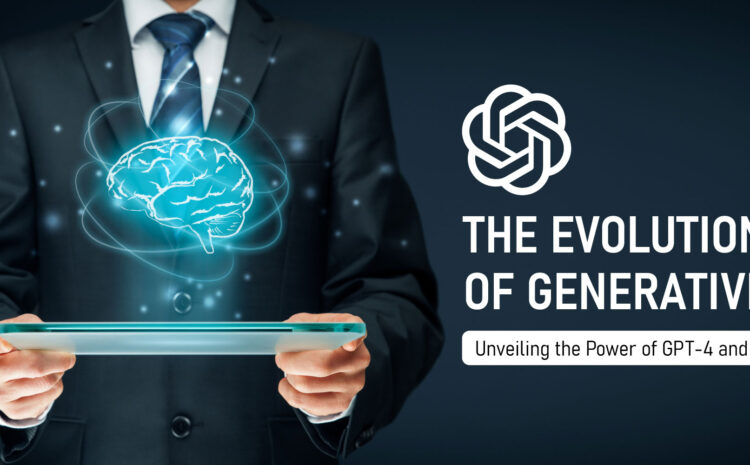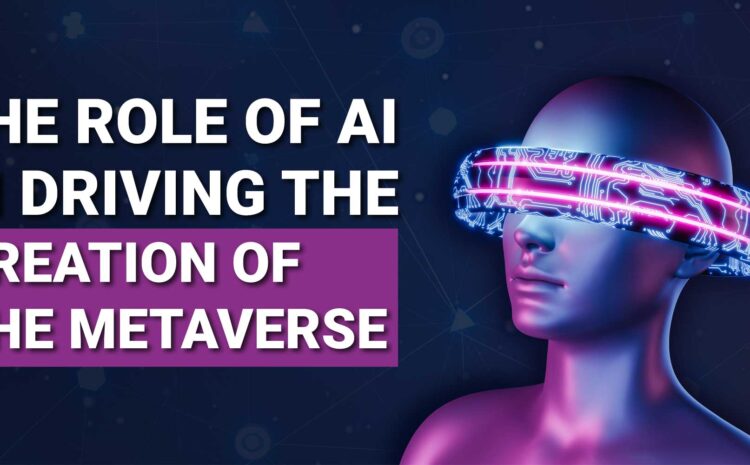Hi guys, welcome! Grab your favorite drink and get cozy as we explore how AI language models like Perplexity AI and ChatGPT are transforming content creation and interaction with technology.
In the realm of artificial intelligence, language models have become pivotal tools, reshaping how we interact with technology and create content. Among these, Perplexity AI and ChatGPT stand out as leading examples, each offering unique capabilities and implications for the future of AI-driven content creation.
Understanding Perplexity AI and ChatGPT
Perplexity AI is engineered to minimize perplexity, a measure of how well a language model predicts the next word in a sequence. By focusing on reducing perplexity, Perplexity AI aims to generate text that is precise, coherent, and contextually relevant. This precision makes it particularly suitable for applications where understanding nuanced language is crucial, such as in legal documents, technical writing, or scientific research.
On the other hand, ChatGPT, developed by OpenAI, represents a series of models optimized for generating human-like text across a wide range of contexts. While not specifically targeting perplexity reduction, ChatGPT excels in understanding and responding to natural language inputs, making it adept at tasks like answering questions, engaging in dialogue, and even generating creative content such as stories or poetry.
Implications for Content Creation
Looking forward, these advancements in AI language models are set to revolutionize content creation. Both Perplexity AI and ChatGPT can assist writers and content creators by generating ideas, providing writing prompts, and even drafting entire articles or stories. Their ability to learn from user interactions enables them to adapt to different writing styles, enhancing productivity and creativity in fields such as journalism, marketing, and education.
Moreover, the integration of these models into various sectors promises transformative impacts. In customer service, AI models like ChatGPT can automate responses with human-like fluency, improving efficiency and user satisfaction. In education, they can serve as interactive tutors, offering personalized feedback on student work and supporting individualized learning paths.
Challenges and Considerations
However, alongside these benefits come significant challenges. One major concern is the potential for misinformation or the erosion of authenticity in content. As AI-generated text becomes more sophisticated, distinguishing between human and machine-generated content may become increasingly difficult. This raises ethical considerations around transparency, intellectual property rights, and the responsible use of AI technologies.
Furthermore, there is a need to address biases that may inadvertently be amplified through AI models, ensuring fair and equitable outcomes across diverse user groups and applications. Striking a balance between leveraging AI for innovation and safeguarding against potential risks remains a critical task for developers, policymakers, and society as a whole.
Perplexity AI and ChatGPT represent significant milestones in the evolution of AI language models. While each model brings its own strengths and applications, their development underscores the transformative potential of AI in enhancing human creativity, productivity, and interaction with technology. As these technologies continue to evolve, it is imperative to approach their deployment thoughtfully, considering both the opportunities they present and the ethical considerations they entail. By doing so, we can harness the full potential of AI language models to create a future where technology complements and augments human capabilities, fostering innovation and progress in diverse fields.
Hope you enjoyed this post! While you’re here, and in a reading mood, why not check out a few of our other pieces? We have several blog posts on the topic of AI, ChatGPT, etc. we just know you’ll love. Browse the topics here.




